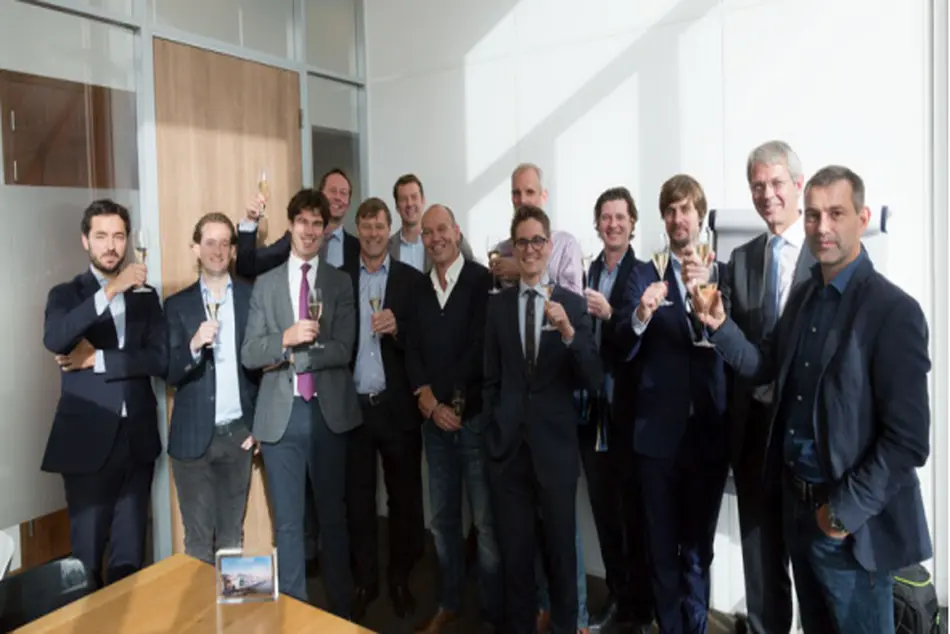Titan LNG plans LNG bunkering pontoon

Titan LNG has contracted the manufacturing consortium for its FlexFueler001. The project will be realized by the head contractor Kooiman Marine Group, in cooperation with Marine Services Noord and Cryovat International.
The hiring of the consortium comes after having received the principal design approval for Europe’s first LNG bunkering pontoon from Bureau Veritas.
As Titan LNG informed, the demand for LNG as a bunker fuel in the Amsterdam-Rotterdam-Antwerp (ARA) region has increased. For that reason the pontoon was outfitted with 4 tanks. This will provide a maximum capacity of 1480 cbm from the start directly, the company said.
Rinus Kooiman, general manager of the Kooiman Marine Group mentioned: “We identified LNG as an important development for the necessary emission improvements in the shipping. To us, the FlexFueler is the logical last mile solution for in-port operations. It copies the usual modus of operations in the existing bunkering market, paramount for adoption by ship owners. Furthermore, heading shipbuilding projects, acting as the main contractor and taking full responsibility for the complete ship, also fits our full-service philosophy.”
The LNG cargo tanks will be the first to be employed in the ARA region, for inland waterway infrastructure to be employed, Rinus Kooiman, general manager of the Kooiman Marine Group mentioned.
The FlexFueler001 will be part of Port of Amsterdam’s Clean Shipping Vision for 2030.
The Clean Shipping Vision has a wide scope that encompasses emissions from ships themselves and those associated with port activities, such as loading and unloading. The target year for Port of Amsterdam’s ambitions has been set at 2030.
One of the port’s objectives is to achieve a reduction in nitrogen (NOx), sulphur (SOx) and particulate matter (PM) emissions of up to 50% of sea cruise ships docked in Amsterdam by 2018.
Another objective is to decrease noise and air pollution caused by the use of diesel generators at public berths inside the Amsterdam ring road to virtually zero by 2018.
To achieve these objectives, the port eyes infrastructural investments, such as the availability of LNG bunkering facilities and ship-to-shore power. EUR10 million will be earmarked for this purpose until 2021.